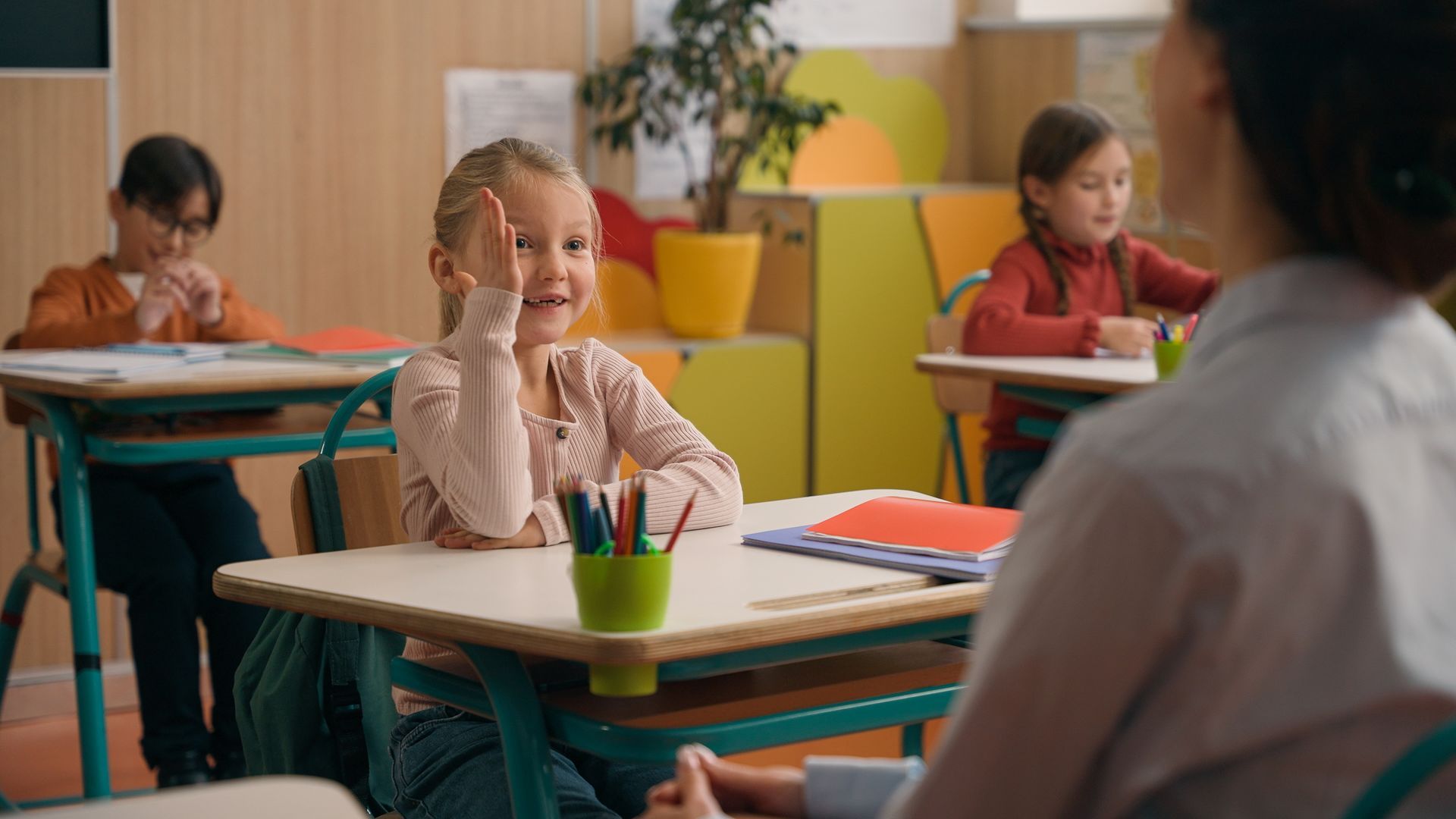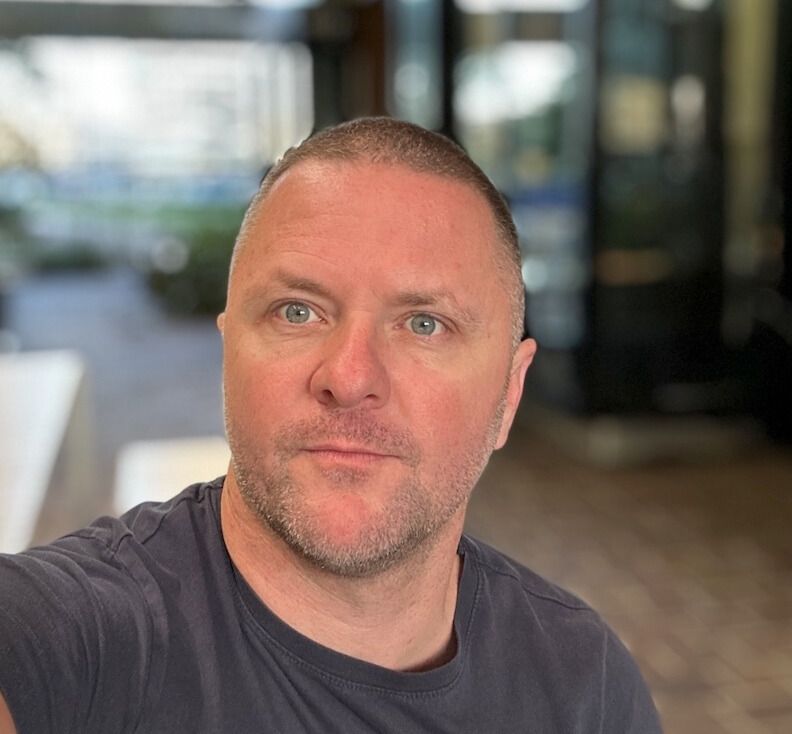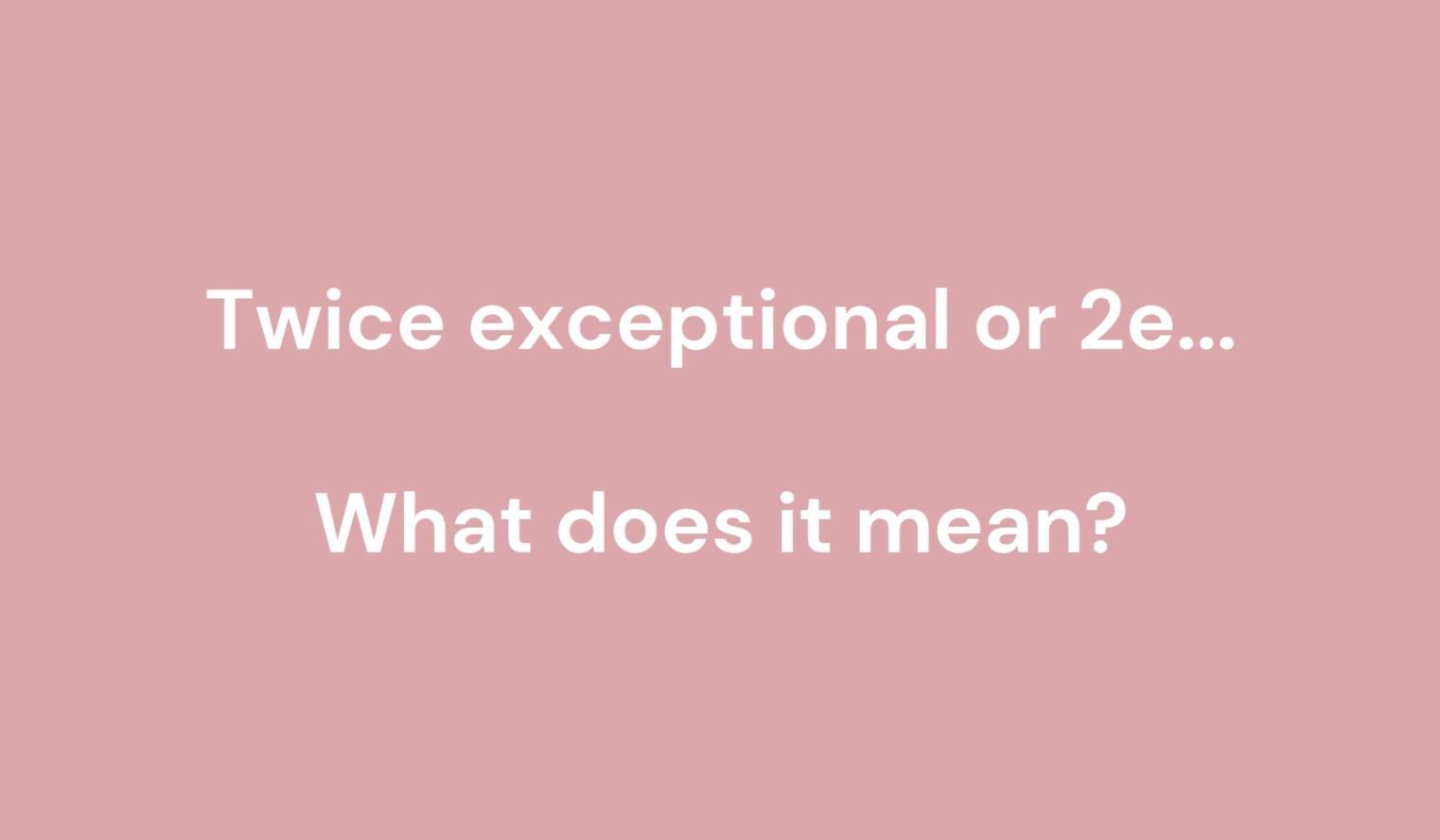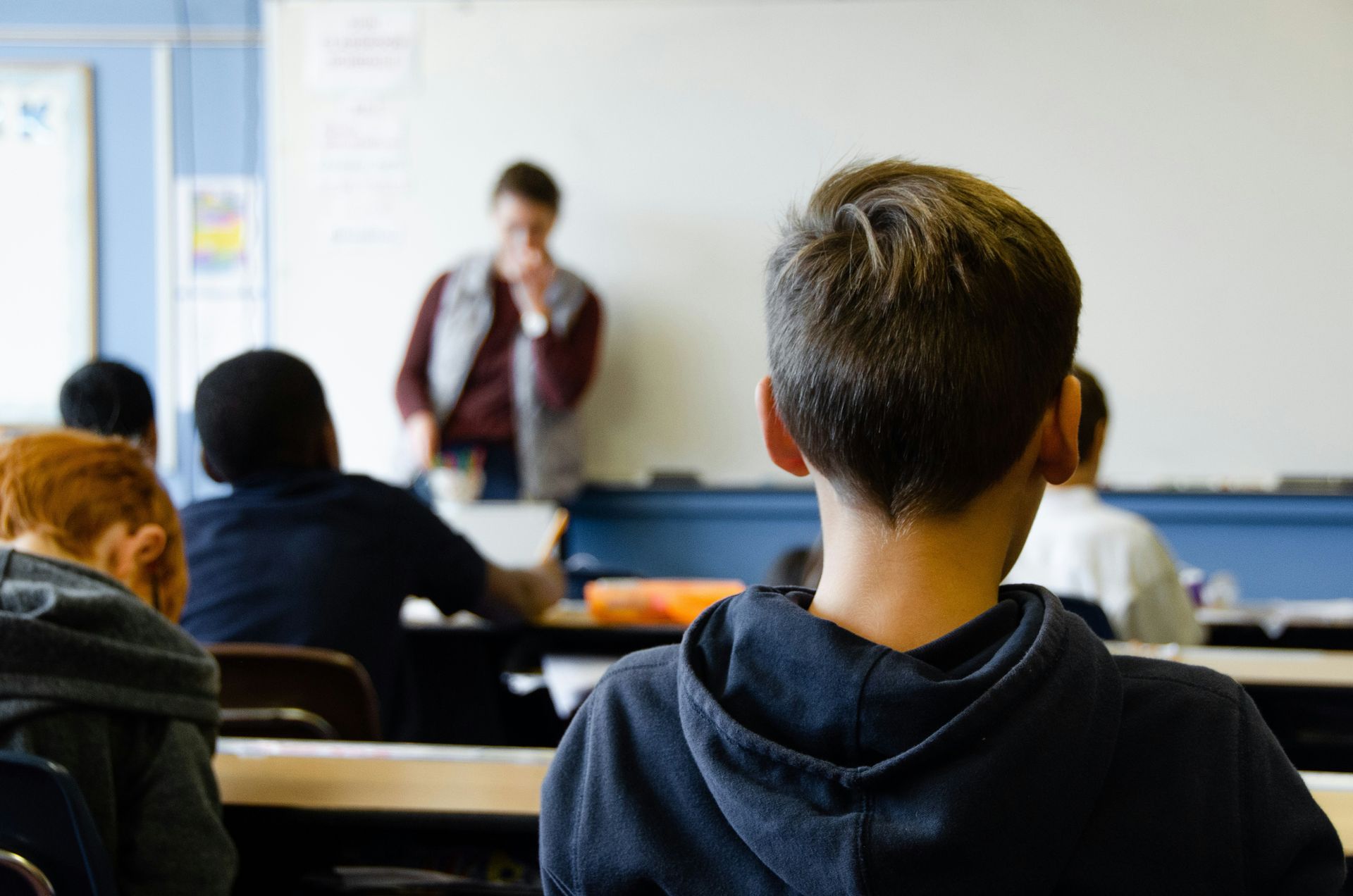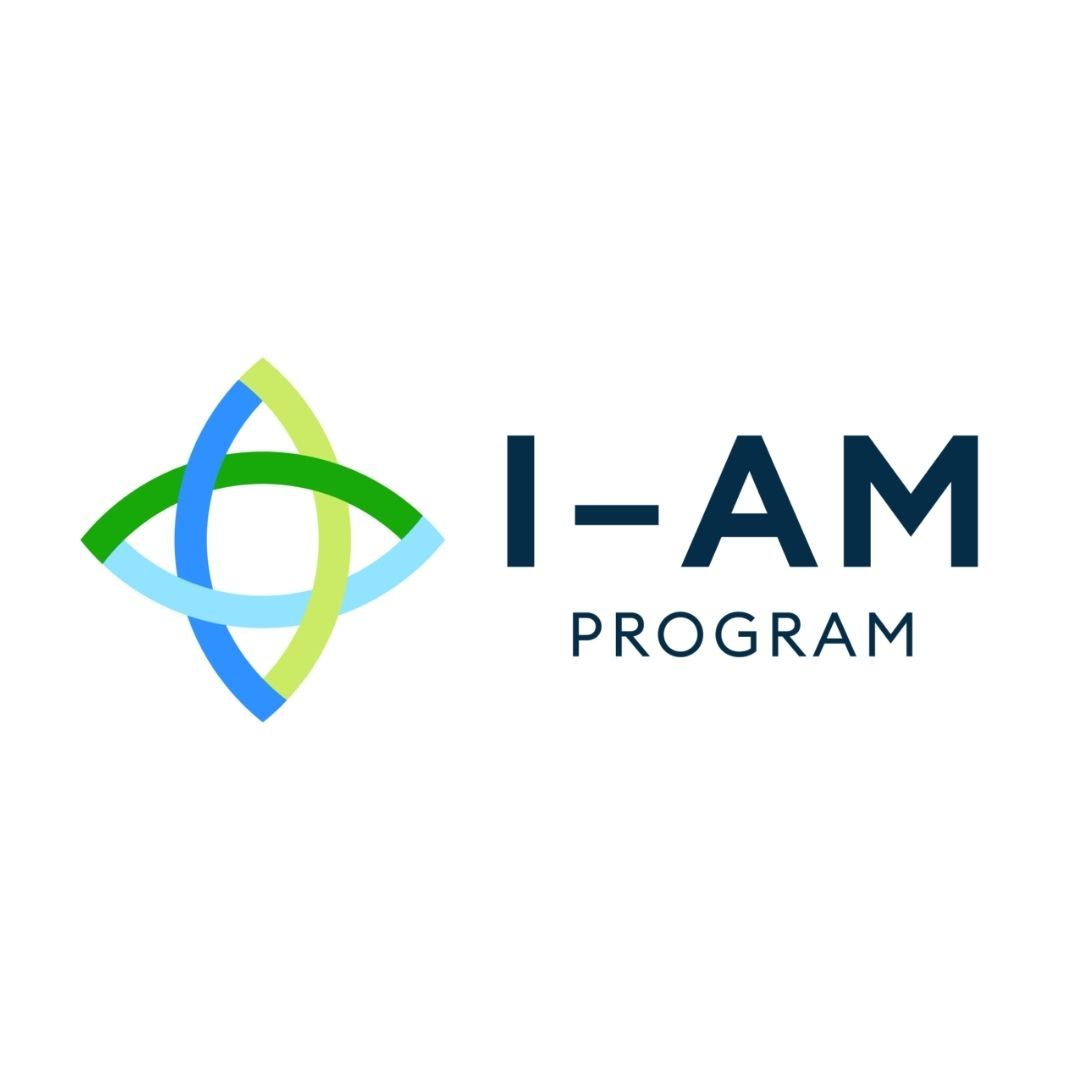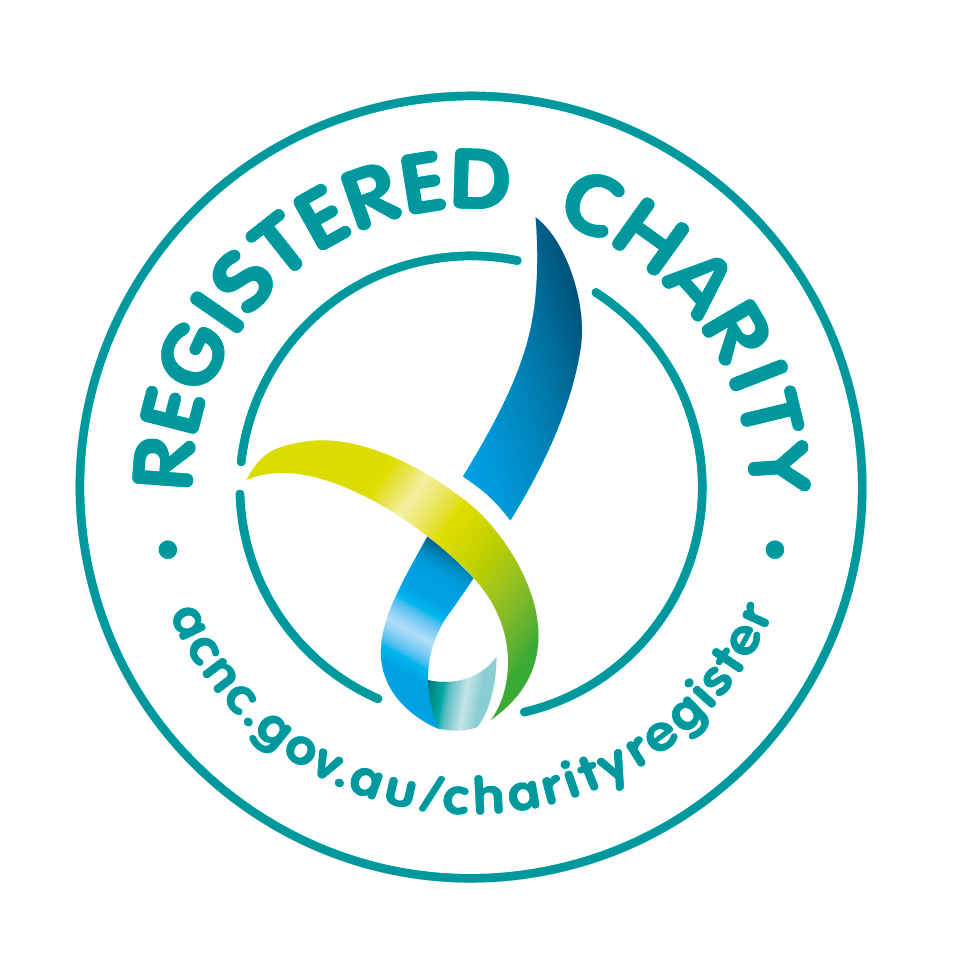Shared Stars
A unit of work designed for a Year 5 class with a gifted cluster
Storytelling - understanding oral traditions using archeoastronomy
Please note: Pre-testing needs to occur because in this case, there may be students who have high potential and high interest in this subject, but who may not be identified through current school procedures or programs. This may particularly apply to Aboriginal students. This is one example of a pre-test, and it is fun.
Pre-assessment scenario
Read: Space travel through the solar system is now common. People have started travelling through the solar system in family sized spacecraft, stopping off at each planet to explore it. So far, no travel brochures have been produced to inform people about the planets. Flight Centre has given Class xx this job. To produce this brochure, we need to travel through the solar system ourselves and use our collective knowledge.
(Provide students with a narrow strip of paper about 30cm long)
You are now leaving from the spaceport on the Sun. Draw the sun at the far left of your paper. Travel 2cm and arrive at the nearest planet to the sun. Draw this planet. Name it and describe it. (Information for all planets could include how long it takes the planet to orbit the sun, is it a terrestrial planet or a gas planet, number of moons, surface temperature and conditions, how long a day/year is, origins of name etc). You are now leaving for the next planet, so fly another 2cm and land on the next planet. Draw this planet. Name it and describe it (as above). The third planet is Earth. Fly another 2cm to Earth. Draw it and label it. Earth has one moon. Draw it and label it. Next to your drawing write how the moon affects the Earth. Nearby write how the earth gets its seasons. After leaving Earth you reach the next planet. Draw, name and describe this planet. Soon after leaving this planet, you come across the asteroid belt. Draw the asteroids. What are they – write a sentence describing asteroids. Nearby write why this would not be a good place to spend a holiday. Continue with rest of solar system (Jupiter 2 cm, Saturn 3 cm, Uranus 3 cm, Neptune 2 cm). Now it is time to return to Earth. Get your spaceship to do a U turn. As you return you see groups of stars. If you can, draw their patterns and name them. Once you have returned to Earth, park your spaceship, and add any further information that you wish to your solar system map. Discuss your journey with your neighbour. Add to map where necessary.
Analyse maps for prior knowledge and use this as an entry point for individual students. Any student that can name and draw three or more constellations would be considered having enough knowledge to do extension work. Grouping these students will be an effective teaching strategy.
Unit designed for a Year 5 class with a gifted cluster
Content description
- (General) The Earth is part of a system of planets orbiting around a star (the sun) (ACSSU078 - Scootle)
- (General) Recognise that ideas in literary texts can be conveyed from different viewpoints, which can lead to different kinds of interpretations and responses (ACELT1610 - Scootle)
- (General) Communicate ideas, explanations and processes using scientific representations in a variety of ways, including multi-modal texts (ACSIS093 - Scootle)
- (General) Plan, rehearse and deliver presentations for defined audiences and purposes incorporating accurate and sequenced content and multimodal elements (ACELY1700 - Scootle)
- (General) Plan the display of artworks to enhance their meaning for an audience (ACAVAM116 - Scootle)
- (Extended) The Earth is part of a system of planets and other space phenomena, including other stars than our sun
- (Extended) Compare ideas in literary texts conveyed from cultural viewpoints, which lead to different kinds of interpretations and responses
- (Extended) Plan, rehearse and deliver presentations for chosen audiences and purposes incorporating accurate and sequenced content and multimodal elements, through storytelling (ACELY1700 - Scootle)
Elaborations
- Identifying the planets of the solar system and comparing how long they take to orbit the sun
- Modelling the relative size of and distance between Earth, other planets in the solar system, the stars seen from our solar system and the sun
Critical and Creative Thinking
- Creative thinking enables the development of ideas that are new to the individual, such as shared stars and this is intrinsic to the development of scientific understanding
- Scientific inquiry promotes critical and creative thinking by encouraging flexibility and open-mindedness as students speculate about their observations of the world
- Links are regularly demonstrated between and within subjects and key learning areas such as science and literacy
- Regular engagement in thinking that requires students to organise, reorganise, apply, analyse, synthesise and evaluate knowledge and information and establish the links between different cultural interpretations of constellations
- Provocative questioning
Strategies for Aboriginal and Torres Strait Islander learning
- Explore how cultural stories of Aboriginal and Torres Strait Islander peoples explain the cyclic phenomena involving the sun, moon and stars and how these explanations differ from contemporary science understanding
- Research Aboriginal and Torres Strait Islander people’s understanding of the night sky and its use for timekeeping, navigation etc
- Connect school knowledge with real-life contexts, by taking Aboriginal and Torres Strait Islander mythologies and valuing them as a part of oral traditions. We learn through the stories we share
- Employ narrative accounts such as the interpretations of the constellations by different cultural groups to enrich student understanding, as children have a strong identification with narrative
Lesson 1
Content: What is a star? What is the life cycle of a star (incorporating the energy changes that occur)?
Process: Define using a dictionary. Provide multi-modal texts for students to discover: What is a star? Describe the life cycle of a star. Is the sun a star? As students read, view and listen, what further questions are engendered? Discuss. Refer to NASA. Collect a vocabulary list e.g., nuclear, equilibrium, gravity. Start drawing conclusions and providing explanations based on the information gathered.
Introduce ‘star mythology’ in the story of Orihime and Hikiboshi. Show a film on the Tanabata or Star Festival. Alternatively, learn how the Pleiades are represented in so many ways.
Product:
Explanation writing
If learning about Tanabata, develop an art installation through weaving, folding origami, writing on paper strips, and hanging tanzaku wishes for the future.
Differentiation: Use multi-modal sources to discover i.e., video, text, art, podcasts (variety).
Excursion to planetarium or book a mobile planetarium (high mobility)
Read folk tales from two different cultural groups.
Create a new folk tale from the mixture of both.
Present in any form you choose. (Choice and synthesis)
Questioning: What are the relationships between the stars?
What stops the stars from crashing into one another?
What energy does a star produce?
How does the term ‘fusion’ relate to stars?
Create an analogy to explain stars to a friend.
Why does a star twinkle?
What is stardust?
Lesson 2
Content: What is a constellation? What are some of the major constellations? Introduce concept of shared stars, space histories and Aboriginal astronomy.
Process: Introduce the concept of constellations. What are oral traditions? Who uses them? Why are oral traditions important? Break students into ability constructed literacy groups. Provide each group with a diagram and text (with varying rigour) about a well-known constellation: e.g., Taurus, Canis Major, Southern Cross, Gemini, Orion. Target a specific literacy skill identified through formative assessment. Provide each group with a matching text outlining how Australian Aboriginal and Torres Strait Islanders interpret each constellation.
Product: Using their bodies, each group shows the placement and name of the stars in their constellation, while summarising the text orally. Students must include how important the constellation is to Aboriginal and Torres Strait Islanders, and why.
Research mythology from other cultures pertaining to each constellation. Any connections? Students locate ‘star stories’ from their own heritage to share. Use ‘read aloud ‘strategies (pause, pitch, emphasis, attending to punctuation) to engage the audience.
Differentiation: Use ability grouping to provide more capable readers with challenging texts
(structured and unstructured activities enable both intellectual and socio-effective goals).
Using the stars in the constellations, join them up to see if the picture of the animal, person etc can be formed.
(Complexity)
Excursion or speaker:
Dreamtime Astronomy or
join the local Aboriginal and Torres Strait Islander people for an evening of stargazing around a campfire,
listening to dreaming stories about the creation of the stars.
Questions: Name some ways that the stars are important to Aboriginals.
How do different aboriginal peoples interpret the Southern Cross?
How do we know how cultures interpret constellations?
What are the connections between the constellations around the world?
Many of the world’s peoples and cultures see the same constellations.
What are the similarities and differences in their stories?
Why would this have occurred?
Lesson 3
Content: What makes a good storyteller? How can I write and tell a story?
Process: Singly or in pairs, create and name a constellation and name the stars that make up the invented constellation. Invite their classmates’ interpretations. Emphasise the fact that as the students have seen different patterns in their created constellations, so too, have various cultures when looking at stars in the night sky. Where does the student created constellation sit in the night sky? Discuss planning as part of the writing process. Plan a myth for the created constellation. Share plans. Students evaluate how the story connects with the constellation.
Organise and invite a storyteller to visit your school. (There are several storytelling associations around Australia). Students list and discuss characteristics of successful storytelling.
Product: Students draft their story around their created constellation. The publishing process will be a storyboard, which should form a work of art using colour, texture, collage etc. Supported by the storyboard, practice retelling the story. Learn the story by heart and keep practising using the observed storytelling skills. Set up a storytelling café and students invite chosen guests, including family. Students now become ‘human stars’ and using their storyboards, they retell their narrative. Students can self-assess.
Differentiation: Students choose personal working arrangements – singles or pairs. Study of People. Open endedness. Gifted students in the social-emotional domain can plan a storytelling festival – Starfest – for gifted storytellers to present to a larger audience, such as a school assembly.
Questioning: What would the constellations in the night sky look like from Australia?
Compare how they might look from Europe.
What is heliacal rising?
How are the sun and moon represented in oral traditions?
How is the Milky Way represented in oral traditions?
Appendix 1: Further enrichment activities
Reach for the Stars
- Create a Radio Station for the Stars. Transmit through the cosmos (playground) at a chosen break time. Students play original ‘star studded’ singles, music from the ‘stars’, talkback sessions with ‘Dr Cosmos’, interplanetary weather reports, solar system traffic reports, cosmic news etc.
- Much of cosmology is based on the laws of gravity proposed by Isaac Newton. Conduct an internet search to review these laws. Appraise these laws and demonstrate how they can be applied to objects in your house or classroom.
- Research the difference between meteors, meteorites, meteoroids and micrometeorites. Compare the characteristics of each. How are they alike and how do they differ? Present in a visual form, or in an article for a science journal.
- Computers now play an important part in generating the visual cosmic web that was once only theorised. Explore internet sites that show some of these visualisations. Can you transfer them to a diagrammatic form? Include an explanation of each.
- Research scientists such as Copernicus, Einstein, Aryabhata, the Mayans, Democritus, Hubble, Galileo, Newton, Kepler and Hawking who have made significant contributions to the understanding of the universe. Form a panel with a group of friends and discuss/debate who might be the greatest contributors.
- Examine current research that is being conducted in space exploration, particularly by NASA. What types of experiments are being explored onboard the space shuttle and the International Space Station. Create a PowerPoint on this subject.
- Watch a science fiction movie that portrays outer space such as ‘Star Trek’ or ‘Star Wars’. Look for the portrayal of the vastness of the universe. Was it portrayed accurately? Did you see any contradictions from what you have read about or researched? Create a critical analysis, in a format of your choice, on your observations.
- A Star Wars exhibition a few years ago was marketed with the slogan – Where Science Meets Imagination. Please explain.
- What is light pollution and what is its effects on people? Dark Sky organisations are springing up in protection. What do we mean by dark skies? Describe this issue in terms of your neighbourhood. Some say this is – ‘A Global Problem with a Local Solution’. What solutions can you devise?
- Measure the perimeter of your home or classroom in millimetres. Using millimetres to measure the size of a room is somewhat like using kilometres to measure distances in space.
- The Galilean Moons: Where are they? What are they? What can you find out about them? Why is it important to know about them?
- What is a songline in Aboriginal and Torres Strait Islander culture? How are the stars and Aboriginal songlines connected? Create your own ‘memory map’ for a journey you take regularly e.g., travelling to school
- Investigate the contribution that Australia has made to the exploration of space. Gather and analyse your data. Use a computer application to present the results of your research.
- Design and make an alien that could survive on a chosen planet from our solar system. Research this planet to identify its characteristics and surface conditions. You need to consider: the alien’s energy source, ambulation, breathing, body temperature control and any other special adaptations that the alien needs to survive on this planet. Share with a chosen audience.
- How could the energy in stars be harnessed to meet our needs on Earth? Create designs and test strategies, which must show deep knowledge of energy conversion processes. Describes how scientific understanding about the sources, transfer and transformation of electricity is related to making decisions about its use.
- How does light travel though space, how is it measured and what is the impact on current astronomical studies?
Co-designed by Lynda Lovett and Blake Nuto
Disclaimer: The views and opinions expressed in this blog are those of the author and do not necessarily reflect the official policy or position of the AAEGT.
Share this resource
Resources

